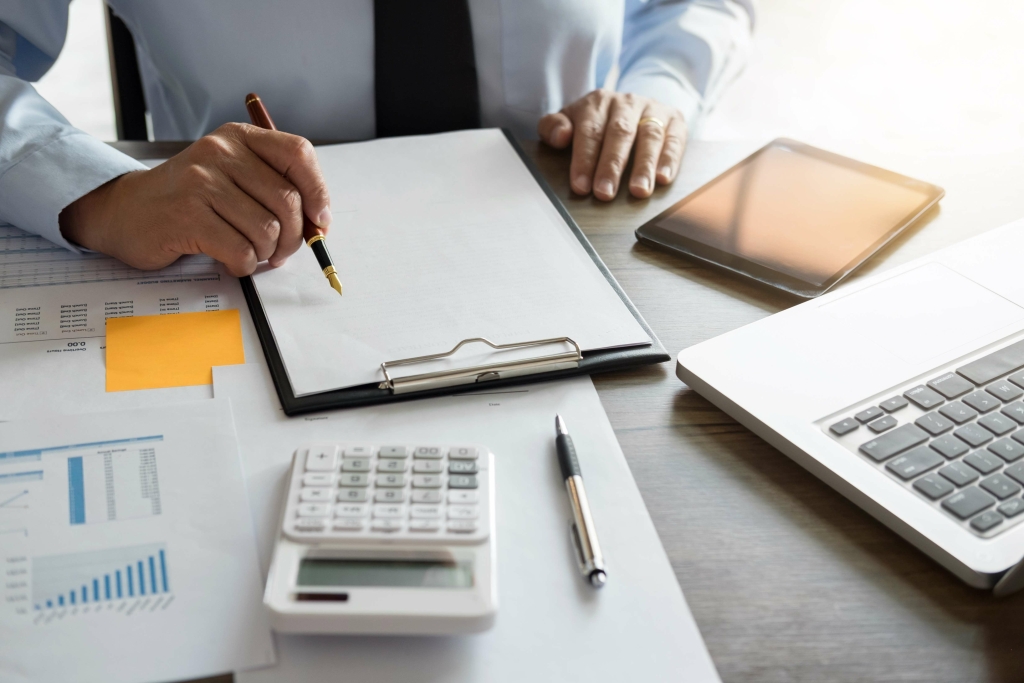How to Fill Out a Deposit Slip + Banks That Accept Mobile Deposits

Deposit slips can be valuable for tracking transactions and ensuring your money is directed to your bank account correctly. Some banks and credit unions will let you make an in-person deposit without a deposit slip if you use a debit card. You typically don’t need to fill out a deposit slip for an ATM or mobile deposit or for the deposit of a cashier’s check or money order. You typically don’t need to fill out a deposit slip when depositing a cashier’s check. However, some banks and credit unions may require you to fill out a special deposit slip if you’d like the money from a cashier’s check to be available the next business day.
Chase Bank Hours: Full Hours and Holidays

This process helps ensure accuracy and accountability, making it easier to track your financial activities. Understanding how to correctly fill out a deposit slip can save time and prevent errors. Additionally, it can provide peace of mind knowing that your deposits are properly managed. If you’re depositing several checks, you might need to use the back of the deposit slip to list the entire batch of checks. Other than that, filling out a deposit slip for depositing multiple checks is essentially the same as it would be for depositing just one check. Some financial institutions might even allow ATM or mobile deposits of cashier’s checks.
How do I deposit a check online?
Deposit slips are often a basic part of banking, but you may not know how to use them in this era of online financial accounts. Typically, deposit slips include fields to enter information such as your name, account number, the numbers of any deposited checks, deposit amount, and transaction date. The bank deposit slip has been around as long as there have been banks. They’re easy to fill out but also contain essential information the bank needs to fulfill the transaction. Modern banking often happens online, but the bank requires the same information —whether online or standing before a teller.
- This is the total amount of cash and checks that you have to deposit.
- If you later check the balance of your account and find the deposit hasn’t been received, you can request a copy of the deposit slip.
- If you make a remote deposit using your mobile device, you probably won’t need to complete a deposit slip.
- Each bank has its own set of rules for deposited funds, called a funds availability policy.
- You have to fill out this form correctly with your account number, name and other information.
- In today’s digital world, you might even be able to deposit a paper check without leaving the comfort of your home.
What is the Difference Between a Credit Card and a Debit Card?
Subtract the cash received, if any, from the subtotal and put the amount of money you’re depositing on the line usually marked “Total” or “Net Deposit.” Add up all of the cash to be deposited and write the total in the space next to “Cash.” Here is a step-by-step guide on https://www.bookstime.com/ to make your next visit to the bank seamless. Once you’ve written the amounts in, double-check them to make sure they’re correct.

How to Fill Out a Checking Deposit Slip
You must typically enroll with your bank to use the app and some banks may enforce limits as to how much you can deposit this way. When you are depositing money into your account through the bank’s mobile app, you do how to write a deposit slip not have to fill out a deposit slip. Have you recently been given some cash that you want to deposit into your bank account for safekeeping? To make a deposit at your bank, you will need fill out a deposit slip.
- The process typically involves ensuring the check is valid, confirming its accuracy, endorsing it and choosing a deposit method that suits you.
- The first section of the slip requires your name and bank account number.
- The account number must be written at the bottom of the slip where indicated if the customer uses a deposit slip provided by the bank.
- It’s important to have your deposit slip filled out before asking a teller to deposit your funds.
If you are uncertain about anything, call your branch and ask them for assistance with technical details, like the branch code. This is the total amount of currency (bills and coins) that you have for the deposit. If you do not have any cash to deposit, leave this line blank.
List Items for Deposit

Fill in Additional Details




